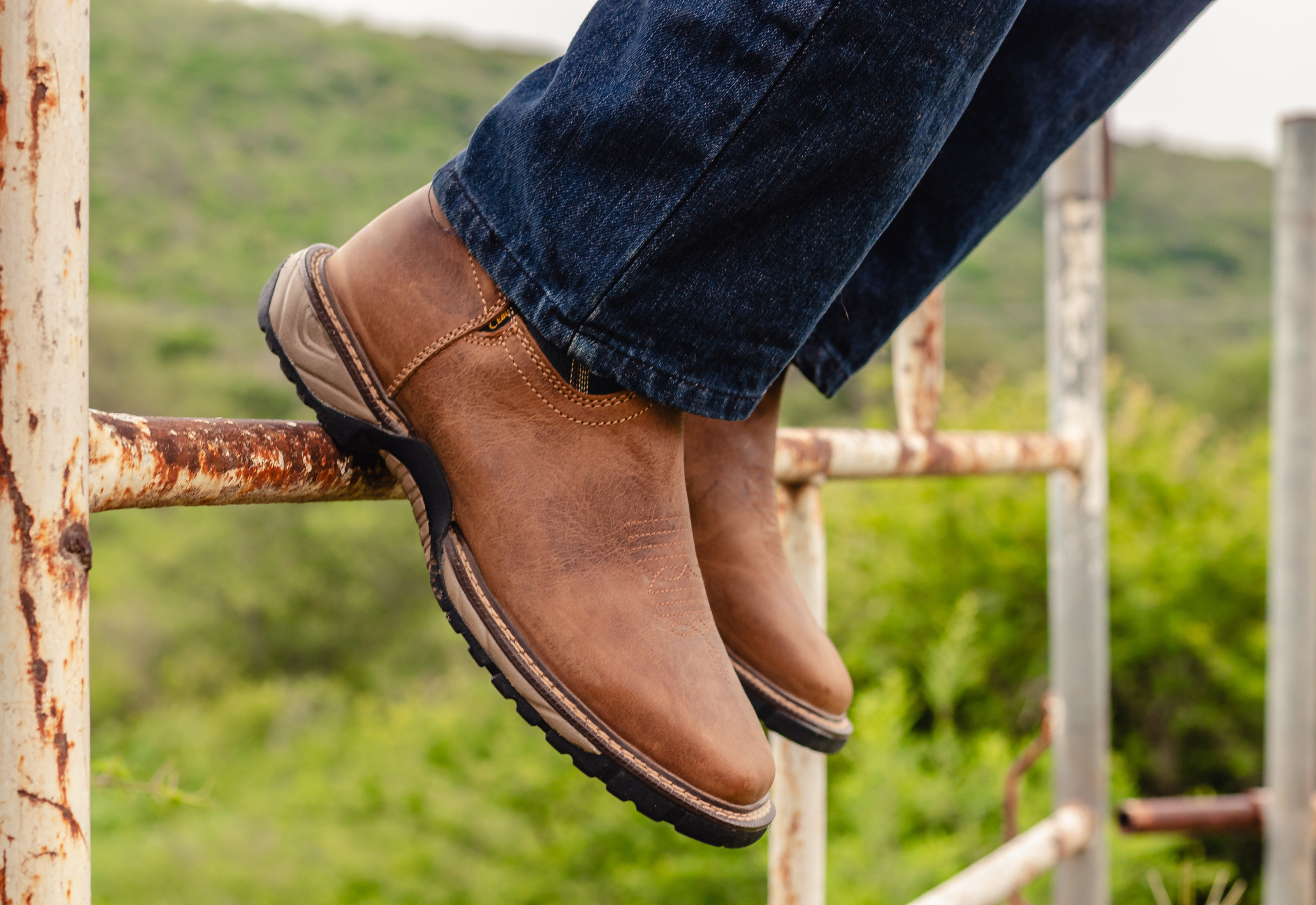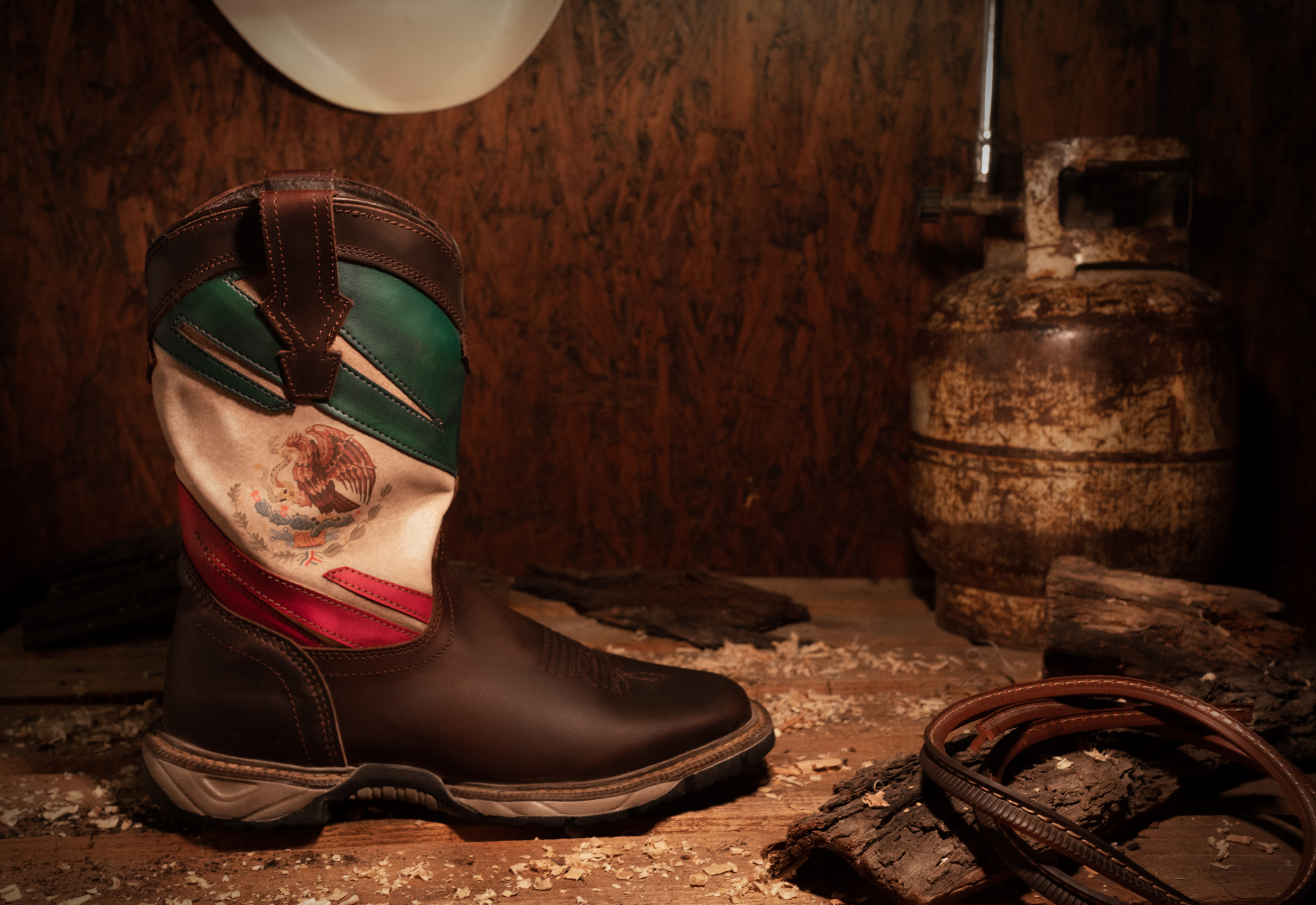
The Ultimate Guide to Choosing the Right Work Boots for Your Profession
Introduction: When it comes to safety and comfort in the workplace, selecting the right pair of work boots is crucial. Whether you're navigating construction sites, tackling rugged terrains, or spending long hours on your feet in a warehouse, having the appropriate footwear can make all the difference. In this comprehensive guide, we'll delve into the key factors to consider when choosing the perfect pair of work boots tailored to your profession.
-
Understanding Your Job Requirements: Before diving into the world of work boots, take a moment to assess the specific demands of your profession. Are you working in construction, landscaping, manufacturing, or another field? Understanding the hazards and challenges you face on a daily basis will help narrow down your options and prioritize features such as toe protection, slip resistance, and ankle support.
-
Prioritizing Safety Standards: Safety should always be a top priority when selecting work boots. Look for footwear that meets industry standards such as ASTM or OSHA regulations, especially if you work in environments with potential hazards like heavy machinery, electrical equipment, or sharp objects. Features like steel toes, puncture-resistant soles, and electrical hazard protection can provide an extra layer of defense against workplace injuries.
-
Evaluating Material and Construction: The materials and construction of work boots play a significant role in their durability and performance. Leather boots are known for their toughness and water resistance, while composite and alloy toes offer lightweight protection without compromising safety. Pay attention to details such as welt construction, reinforced stitching, and sole composition to ensure your boots can withstand the rigors of your job.
-
Ensuring Comfort and Fit: Comfort is key when it comes to footwear that you'll be wearing for long hours on the job. Invest in work boots that offer proper arch support, cushioning, and breathable linings to prevent fatigue and discomfort. Remember to try on boots in the afternoon when your feet are at their largest, and consider factors like width, toe room, and break-in period to ensure a snug yet comfortable fit.
-
Assessing Durability and Longevity: Work boots are an investment, so it's essential to choose a pair that will stand the test of time. Look for features like triple-stitched seams, abrasion-resistant materials, and oil-resistant outsoles that can withstand the wear and tear of daily use. Consider the conditions of your workplace environment and opt for boots with appropriate levels of water resistance, insulation, and traction to prolong their lifespan.
-
Finding the Right Balance of Quality and Price: While it's tempting to opt for the cheapest pair of work boots available, sacrificing quality for affordability can ultimately cost you more in the long run. Strike a balance between quality and price by comparing features, warranties, and customer reviews to find a pair of boots that offer the best value for your budget. Remember that investing in durable, high-quality footwear is an investment in your safety and well-being.
-
Maintaining and Caring for Your Work Boots: Once you've found the perfect pair of work boots, it's essential to take care of them properly to maximize their lifespan and performance. Clean your boots regularly, remove dirt and debris, and apply conditioning products to preserve the leather and prevent cracking. Inspect your boots for signs of wear and tear, and replace them as needed to ensure continued protection and comfort on the job.
Conclusion: Choosing the right work boots for your profession is a decision that shouldn't be taken lightly. By considering factors such as safety standards, material and construction, comfort and fit, durability, budget considerations, and maintenance, you can find a pair of boots that offers the perfect blend of protection, performance, and comfort for your unique needs. Invest in quality footwear that will support you through long hours on the job and help keep you safe in any environment.


